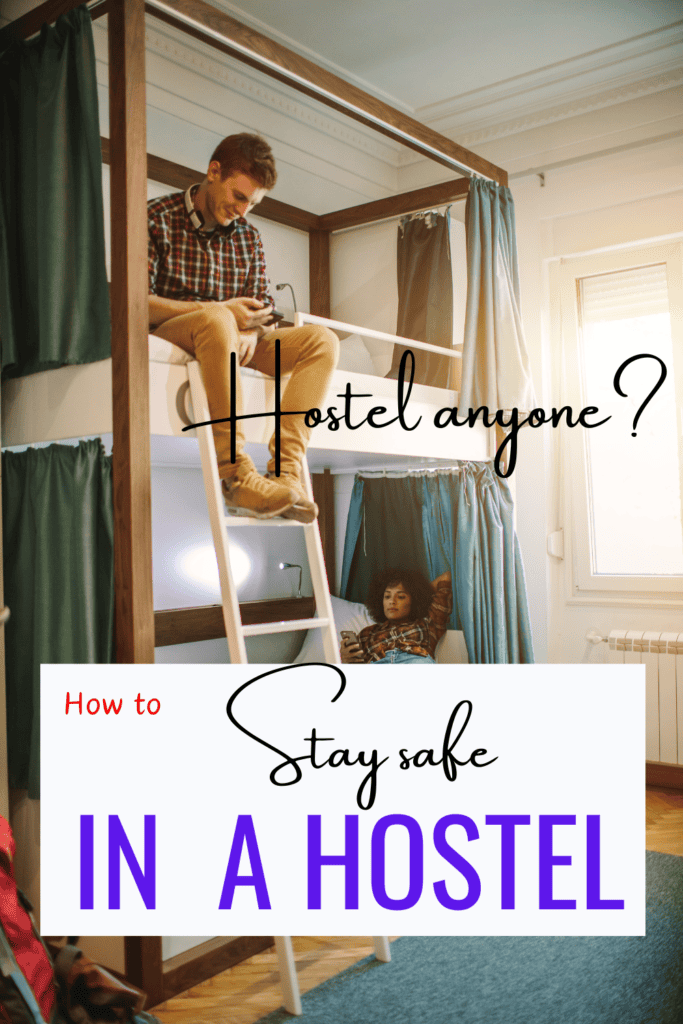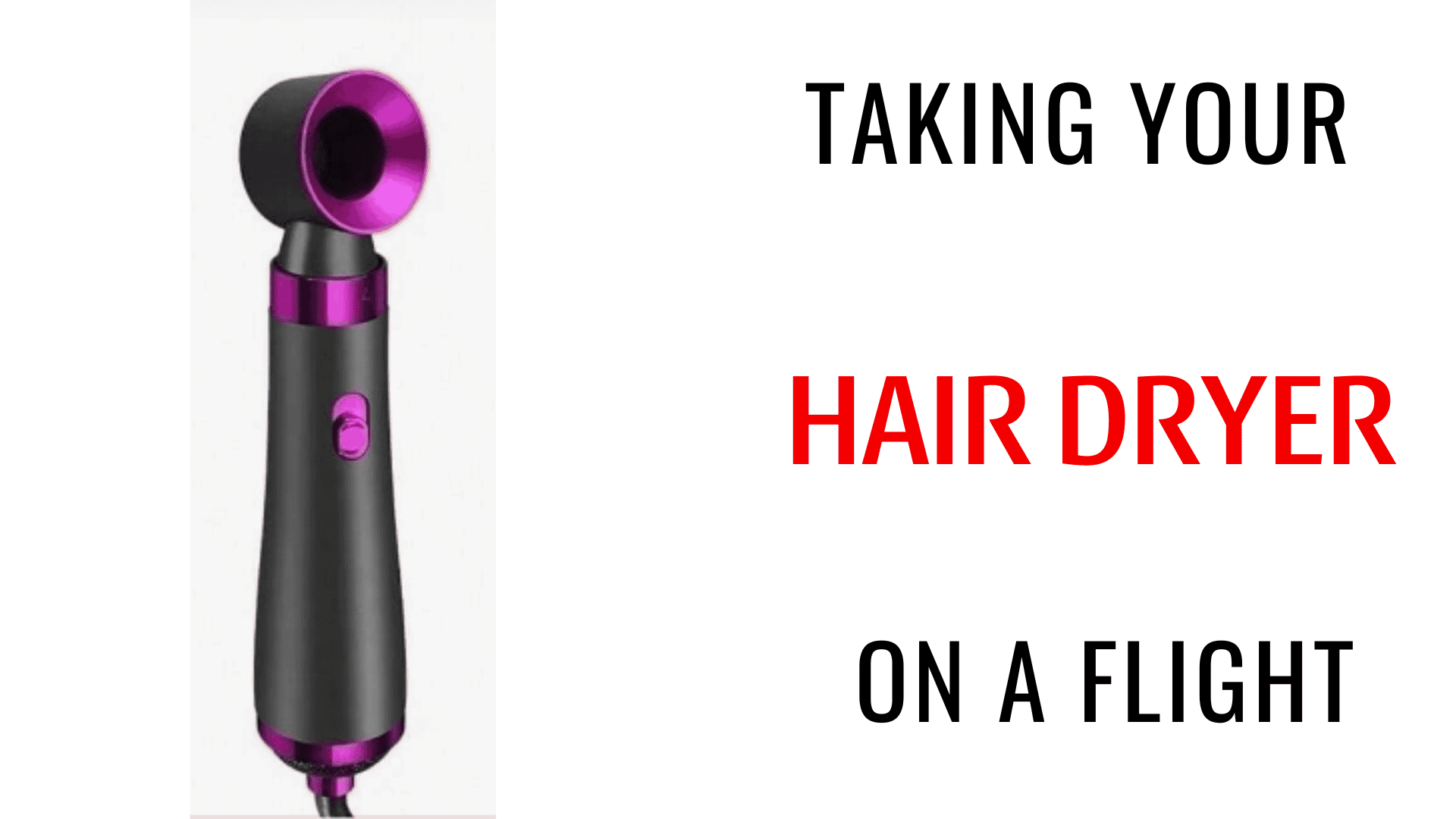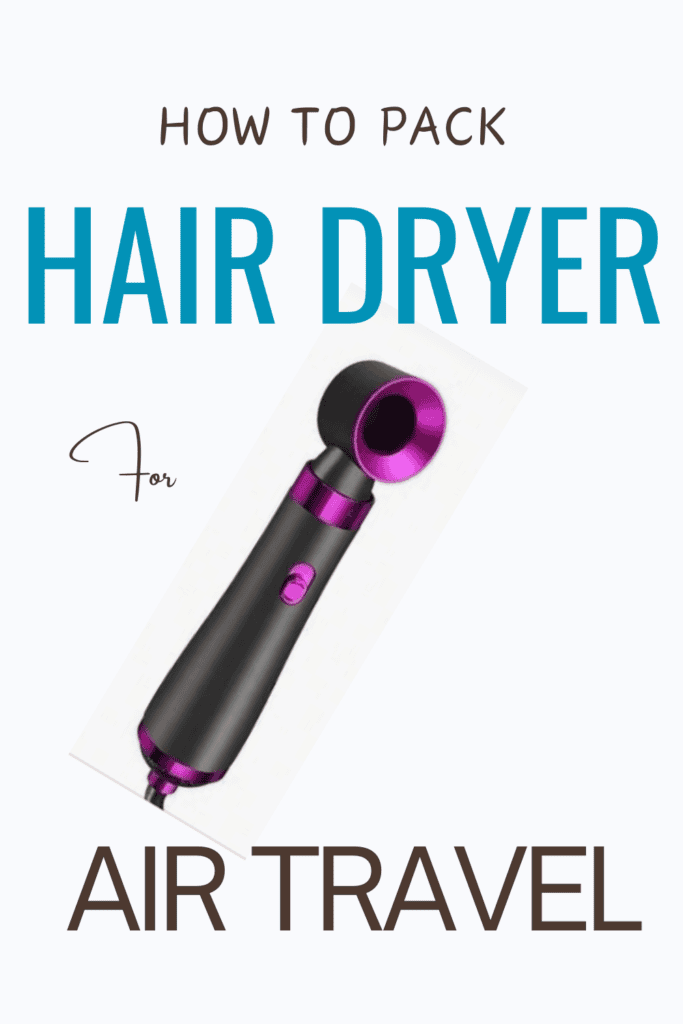Italy attracts countless solo female travelers each year with its rich history, stunning landscapes, and vibrant culture. It`s a great destination with so much to offer,but, is italy safe for solo female travellers?
Many women find Italy to be a welcoming and safe destination for independent exploration. Most solo female travelers report feeling secure and comfortable during their Italian adventures.
Italian cities and towns are generally well-lit and have a lively atmosphere, even at night.
Public transportation is reliable in bigger cities and widely used by locals and tourists alike. Italians are often friendly and willing to help if needed.
As with any travel, basic safety precautions are wise during your solo adventure in any popular tourist destination.
Being aware of your surroundings, avoiding isolated areas late at night, and trusting instincts can help ensure a positive experience.
With common sense and cultural respect, solo female travelers can enjoy all Italy has to offer.
Understanding Solo Female Travel in Italy
Italy welcomes solo female travelers with open arms. The country offers rich local culture, stunning sights, and friendly locals. Safety is a top concern for many women exploring Italy alone.
You`ll be glad to know that Italy has a low crime rate apart from petty theft in tourist areas major attractions.
Cultural Insights for Solo Women Travellers
Italian culture values family and socializing. Women often gather in cafes or piazzas to chat. Solo female travelers can join these social scenes to meet locals.
Italians tend to be outgoing and may strike up conversations with visitors especially in smaller cities with a low pace of life. This friendliness is usually harmless, but stay alert in unfamiliar areas and be careful of petty crime.
Dress codes vary by region and location. Churches require covered shoulders and knees. Beachwear is only for beaches. Modest clothing helps avoid unwanted attention in cities.
Dining alone is common in Italy. Many restaurants offer bar seating perfect for solo meals.
Cafes are great spots to people-watch while enjoying coffee or gelato, a perfect way to enjoy afternoons in the summer months while taking a break from your busy visits to the many unesco world heritage sites in Italy.
Key Italian Phrases to Know
Learning a few Italian words shows respect and can enhance your trip. Here are some useful phrases:
- “Ciao” – Hello/Goodbye
- “Grazie” – Thank you
- “Per favore” – Please
- “Dov’è…?” – Where is…?
- “Non capisco” – I don’t understand
- “Parla inglese?” – Do you speak English?
These phrases can help in restaurants, shops, and when asking for directions. Italians appreciate efforts to speak their language, even if it’s just a few words.
Lol I know an Italian lady I always greet Buongiorno Signora, this always produce the brightest smile from her although I don`t speak much Italian apart from the regular touristy greetings.
Knowing how to ask for help is crucial. “Aiuto!” means “Help!” in Italian. “Polizia” means “Police.” Keep these terms handy in case of emergencies for solo travellers.
Italy is generally safe for solo female travelers. Taking basic precautions can help ensure a smooth trip. Being aware of local customs and cultural norms is important.
How to Handle Unwanted Attention
Italian men may be more forward with flirting compared to other cultures. A firm “no” or “non mi interessa” (I’m not interested) usually works to discourage unwanted attention.
Avoid making eye contact with strangers on the street. This can sometimes be seen as an invitation for interaction.
Dress modestly, especially when visiting churches or more conservative rural areas.
This can help reduce unwanted looks or comments.
Be cautious in crowded areas like public transportation and the main train station . Pickpockets may target distracted tourists.
Consider wearing a fake wedding ring. This can deter some unwanted advances.
Creating Your Italy Itinerary
Planning your solo trip to Italy can be exciting and rewarding. A well-crafted itinerary helps you make the most of your time and experience the country’s rich culture and history.
Must-Visit Destinations for Solo Female Travellers
Rome is a top choice for solo female travelers. The city’s historic sites, like the ancient ruins of the Colosseum,the trevi fountain and Vatican City, are easily accessible and safe to explore alone.
Now pickpocketing is rampant in Italy if you are not on your toes with your items, but the good people of italy do let people know if they see any pickpockets around especially in Venice.
Florence offers a blend of art and culture. The Uffizi Gallery and Ponte Vecchio are must-see attractions. The compact city center is perfect for solo exploration on foot using google maps.
Venice’s unique canals and architecture make it a magical destination. Take a gondola ride or wander through the narrow streets to soak in the atmosphere.
Cinque Terre, with its colorful coastal villages, is ideal for scenic hikes and relaxation. The area is well-connected by train, making it easy to visit multiple towns.
Timing and Seasonal Considerations
Spring (April to June) and fall (September to October) are great times to visit Italy. The weather is mild, and tourist crowds are smaller than in summer.
Summer (July to August) is peak season. Expect higher prices and larger crowds at popular attractions. Book accommodations and tickets in advance.
Winter (November to March) offers lower prices and fewer tourists. Some coastal towns may have limited services, but cities like Rome, Milano, amalfi coast and Florence remain lively.
Consider local events when planning. Milan’s Fashion Week in February and September can affect hotel availability and prices in the city.
Navigating Accommodation and Transportation
Safe lodging and efficient transport are key for solo female travelers in Italy. These tips will help you move around easily and find secure places to stay.
Choosing Safe and Convenient Lodging
Look for hotels or hostels in well-lit areas near public transport. Read reviews from other solo female travelers before booking. Many places offer female-only dorms or floors for added comfort.
You may like:
Are hostels safe for female single travellers?
Pick accommodations with 24-hour reception desks. This ensures help is always available if needed. Some hostels organize group activities, making it easy to meet other travelers.
When in Italy, consider staying at convents or monasteries for a unique and safe experience. These often provide clean, affordable rooms in great locations.
Understanding Italian Public Transport
Italy has an extensive public transport network. Trains connect major cities and are often the fastest way to travel. Regional trains are cheaper but slower than high-speed options.
In cities, buses and metros are common. Buy tickets at stations, tobacco shops, or newsstands. Validate your ticket before boarding to avoid fines.
Taxis are safe but can be pricey. Use official taxi stands or book through apps. Avoid unmarked cabs.
For shorter trips, many cities offer bike-sharing services. This can be a fun way to explore, but stick to bike lanes when possible.
Dining Alone: Embracing the Local Cuisine
Eating solo in Italy can be a great way to try new foods and enjoy the country’s famous dishes. Many restaurants welcome single diners and offer a chance to savor authentic Italian flavors.
Discovering Italy’s Culinary Delights
Italian cuisine varies by region, so solo travelers can taste different specialties across the country. In Rome, try pasta dishes like carbonara or cacio e pepe.
Venice is known for seafood risotto and polenta. Naples is famous for pizza.
Many restaurants have counter seating, perfect for solo diners. This setup lets you watch chefs prepare meals and chat with locals. Cafes and bars often serve small plates called “cicchetti” – ideal for sampling various foods alone.
Food markets are great for solo meals too. Buy fresh ingredients and have a picnic in a park. Or join an italian cooking class to learn how to make Italian dishes yourself.
Don’t be shy about dining alone. Italians respect food and won’t judge you for enjoying a meal by yourself.
Bring a book or people-watch while savoring your food. Remember to take your time – meals in Italy are meant to be enjoyed slowly.
Solo Adventures In Italy: Hidden Gems and Activities
Italy offers many hidden treasures and exciting activities for solo female travelers. From quiet towns to breathtaking natural wonders, there’s no shortage of unique experiences to enjoy.
Off-the-Beaten-Path Locations
Civita di Bagnoregio is a small hilltop town in central Italy. It’s called the “Dying City” because of its shrinking population. Visitors can only reach it by a long footbridge.
Matera is a city in southern Italy known for its cave dwellings. These ancient homes are carved into rock and offer a glimpse into the past. The city has become more popular in recent years but still feels authentic.
Trulli houses in Alberobello are cone-shaped buildings that look like they’re from a fairy tale. These unique structures are fun to explore and photograph.
Outdoor Excursions and Nature Spots
The Dolomites mountain range offers stunning views and great hiking trails. Solo travelers can join guided hikes or explore on their own. The area is safe and well-marked for visitors.
Cinque Terre is a group of five colorful coastal villages. They’re connected by scenic hiking trails with amazing sea views. It’s perfect for a day trip or a longer stay.
Lake Como is a beautiful spot for kayaking or stand-up paddleboarding. Many companies offer guided tours or equipment rentals. The lake’s clear water and mountain backdrop make for a peaceful day out.
From Lake Comoyou can take a day tour to Switzerland and still be back at your hotel in Italy for the night.You may like an earlier post on things to do in switzerland as a tourist.
Wine tours in Tuscany let solo travelers meet new people while tasting local wines. Many wine tours include visits to small villages and scenic vineyards. It’s a great way and the perfect place to learn about Italian wine and culture.
Shopping and Fashion in Italy
Italy offers solo female travelers exciting shopping and fashion experiences. The country’s cities burst with stylish boutiques, designer stores, and local markets.
Navigating Italy’s Shopping Scene
Milan stands out as Italy’s fashion capital. The city boasts high-end shops and famous shopping districts like the Quadrilatero d’Oro.
Here, travelers find luxury brands such as Gucci, Prada, and Versace.
For budget-friendly options, outlet malls near major cities offer discounted designer items.
Local markets in towns and cities sell unique handmade goods and souvenirs.
Many shops close for a few hours in the afternoon for riposo (rest time). It’s best to shop in the morning or evening.
Bargaining isn’t common in stores but may be acceptable at some markets.
Fashion Tips for the Stylish Traveler
Italian style leans towards elegant and put-together looks. Opt for classic pieces in neutral colors for versatility.
Comfortable yet stylish shoes are a must for walking on cobblestone streets.
Italians often dress up for dinner, so pack a nice outfit or two. In churches and religious sites, cover shoulders and knees out of respect.
Quality over quantity is key in Italian fashion. Invest in a few well-made pieces as souvenirs from your Italian adventure.
Local leather goods, scarves, and jewelry make great keepsakes.
Remember to bring a reusable shopping bag, as many stores charge for plastic bags.
Guidance on Health and Well-Being
Italy offers good healthcare options for tourists. Solo female travelers can take steps to stay healthy and safe during their trip.
Healthcare Access for Tourists
Italy has a public healthcare system that covers emergency care for tourists. Visitors from EU countries can use their European Health Insurance Card. Non-EU travelers should get travel insurance before their trip.
Many doctors and pharmacists in Italy speak English. Pharmacies are easy to find and can help with minor health issues. For serious problems, go to a hospital or call 112 for emergencies.
Some common health risks in Italy include:
- Dehydration in hot weather
- Sunburn
- Mosquito bites
Bring any regular medications you need. Pack a basic first-aid kit with bandages and pain relievers.
Wellness and Self-Care on the Road
Staying healthy while traveling solo takes some planning. Here are tips for self-care in Italy:
- Drink plenty of water, especially in summer
- Use sunscreen and wear a hat
- Get enough sleep
- Eat a balanced diet with fruits and vegetables
- Take breaks from sightseeing to rest
Exercise can boost mood and energy. Many Italian cities have parks for jogging or yoga. Some hotels offer gym access.
Stress management is key for solo female travelers. Try these techniques:
- Deep breathing
- Journaling
- Calling friends or family
- Joining group activities to meet people
Taking care of your mental health is just as important as physical health when traveling alone.
Building Connections: Socializing and Networking
Italy offers many opportunities for solo female travelers to meet new people and build connections. Engaging with locals and other travelers can enhance the experience and create lasting memories.
Making Friends as a Solo Traveler
Solo travel in Italy can be a great way to meet new people. Many hostels organize social events like group dinners or walking tours. These activities make it easy to connect with other travelers.
Cafes and bars are good spots to strike up conversations. Italians are known for their friendliness and may be open to chatting.
Language exchange meetups can help travelers practice Italian while meeting locals. These events often take place in casual settings like parks or coffee shops.
Women Travel groups on social media platforms can be useful for finding travel companions. Many solo female travelers use these groups to connect before or during their trips to Italy.
Local Groups and Meetups
Italy has a growing number of meetup groups for expats and travelers. These groups often organize events like wine tastings, cooking classes, or city tours.
Cultural centers in major cities offer workshops and classes. These can be great places to meet people who share similar interests.
Volunteering for local organizations is another way to meet people while giving back to the community. Many cities have programs that welcome short-term volunteers.
Sports clubs and fitness classes can help travelers stay active while making new friends. Yoga studios and running groups are popular options in many Italian cities.
Some tour companies offer small group trips designed for solo travelers. These can be a good way to explore Italy with like-minded people.
Essential Pre-Trip Planning
Proper preparation is key for a safe and enjoyable solo trip to Italy. A well-thought-out plan covers important documents, safety measures, and practical considerations.
Checklist for the Solo Female Traveler
- Pack light, versatile clothing that respects local customs
- Bring a doorstop for added hotel room security
- Carry a whistle or personal alarm for emergencies
- Download offline maps and translation apps
- Research safe neighborhoods in your destinations
- Book accommodations with good reviews from solo female travelers
- Share your itinerary with a trusted friend or family member
- Learn basic Italian phrases for emergencies and daily interactions
- Get travel insurance that covers medical emergencies and trip cancellations
Visas, Passports, and Essential Documents
Make copies of important documents and store them separately. Keep digital copies in secure cloud storage.
Key documents include:
- Valid passport with at least 6 months validity
- Schengen visa (if required)
- Travel insurance policy
- Hotel reservations and return flight tickets
- Emergency contact information
- Credit cards and some cash in Euros
Check visa requirements based on nationality and length of stay. U.S. citizens can stay in Italy for up to 90 days without a visa for tourism or business.
Concluding Thoughts on Traveling Solo in Italy
Italy offers a rich experience for solo female travelers. The country’s vibrant cities, stunning landscapes, and warm culture make it an appealing destination.
Solo women can explore iconic places like Lake Como and the Dolomite Mountains with confidence. These areas provide breathtaking scenery and outdoor activities.
Safety is generally good in Italy, but travelers should stay alert as they would in any foreign country. Taking basic precautions helps ensure a smooth trip.
Italian hospitality often makes solo travelers feel welcome. Many locals are happy to chat or offer directions to visitors.
Public transportation in Italy is reliable and extensive. This makes it easy for solo women to get around and see different regions.
Dining alone is common and accepted in Italy. Solo travelers can enjoy local cuisine without feeling out of place.
While challenges may arise, most solo female travelers find their Italian adventures rewarding and memorable. With proper planning and awareness, women can have safe and enriching experiences in Italy.






